At Floracliff, community science projects help discover new species, improve our understanding of water quality, guide habitat management, support long-term monitoring, and inspire environmental stewardship.
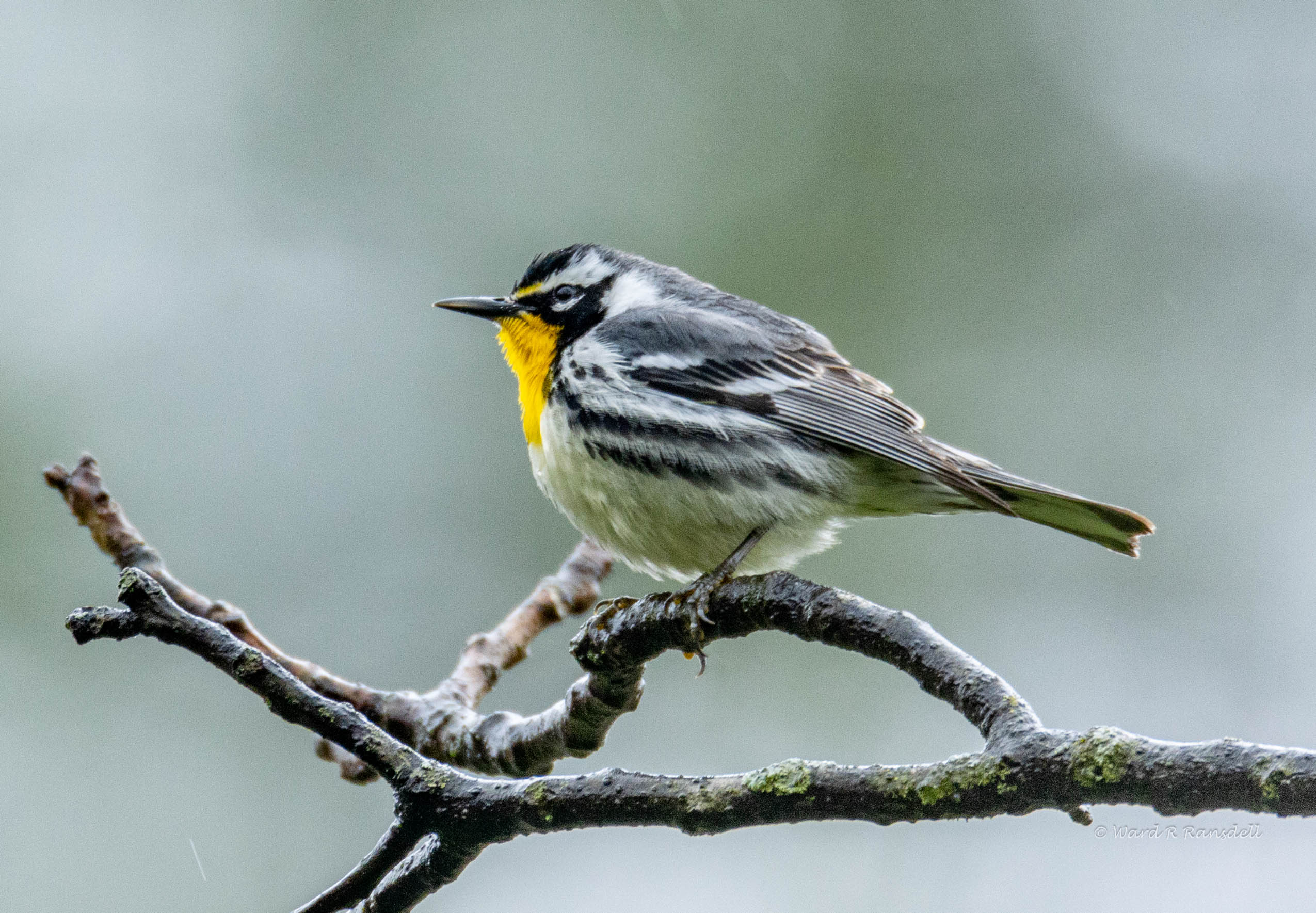
The Audubon Christmas Bird Count began in 1901 and is the nation’s longest-running community science bird project. Floracliff has been participating in Lexington’s Christmas Bird Count since 2006.
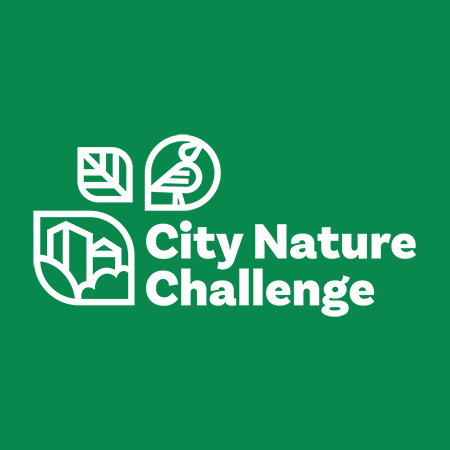
Since 2021, Floracliff has organized Lexington’s participation in the City Nature Challenge, a four-day global bioblitz led by the California Academy of Sciences and the Natural History Museum of Los Angeles County. This event is one of the world’s largest community science programs, with over 450 cities joining to document urban nature and support conservation efforts.
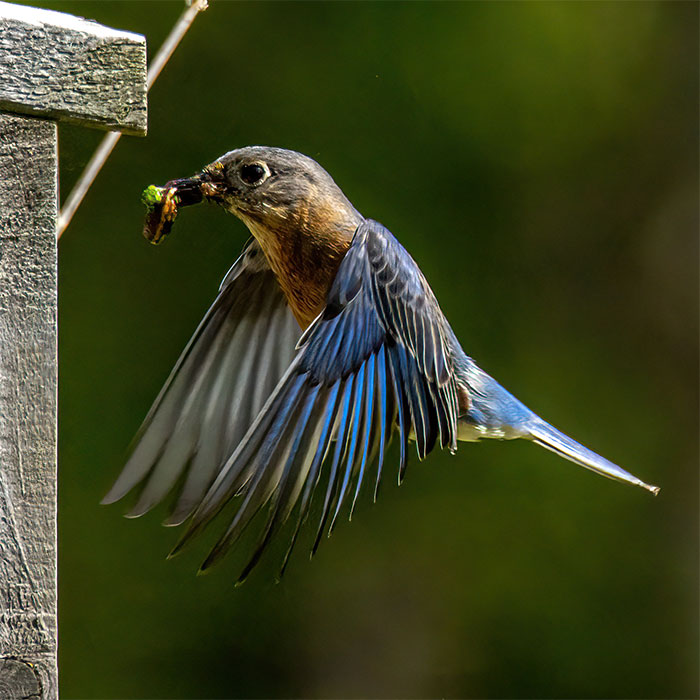
eBird is an online database of bird observations contributed in real-time by scientists and amateur naturalists. The database provides valuable information about the abundance, distribution, and movement of birds around the world. Floracliff volunteers and staff conduct monthly bird counts and participate in annual events like Global Big Day and the Great Backyard Bird Count. Data from these events are submitted to eBird.
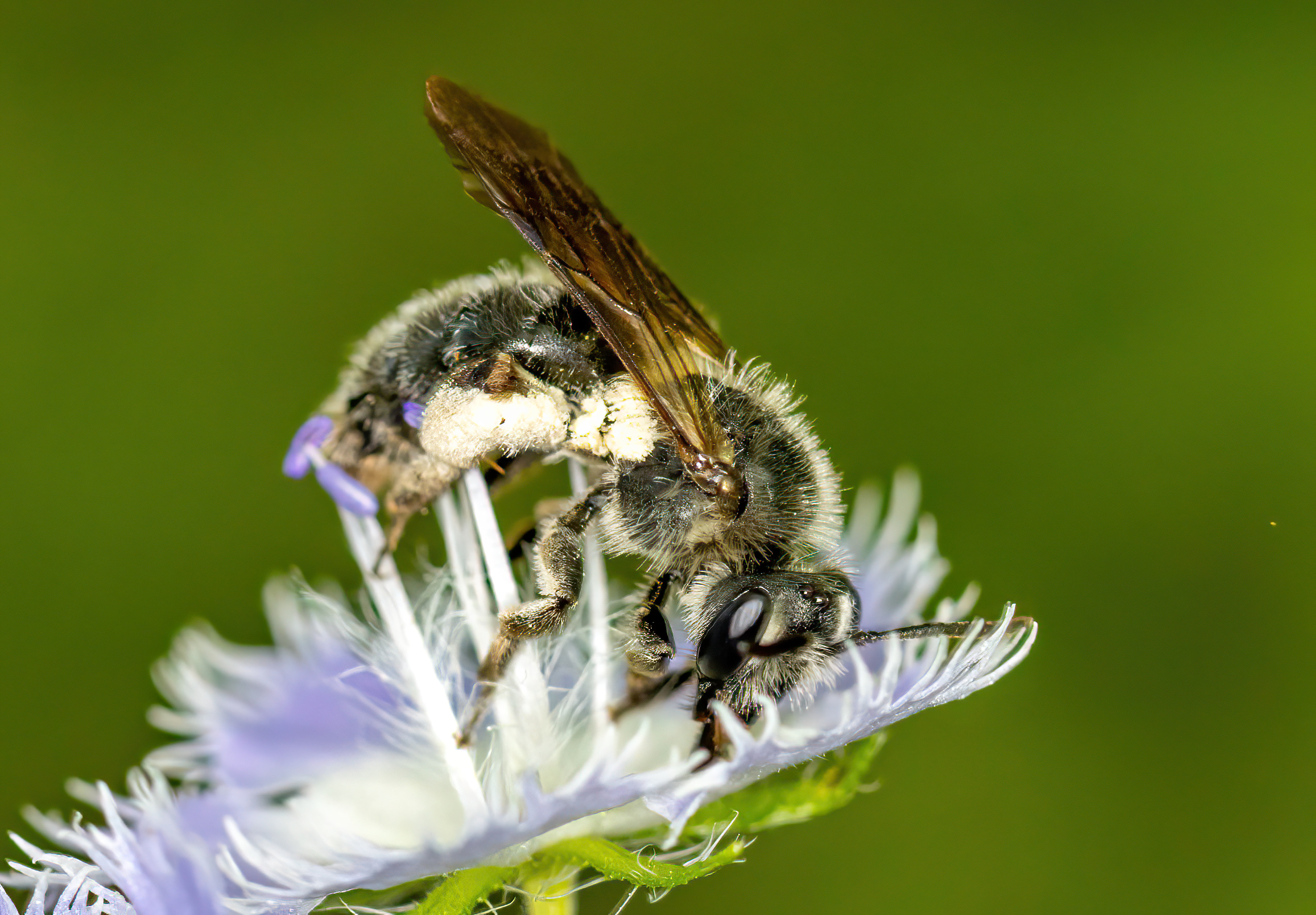
iNaturalist is an online network of people sharing biodiversity information and helping others learn about nature. It is also platform designed to crowdsource species occurrences and identification. Floracliff staff, volunteers, and visitors have contributed species observations to iNaturalist since 2014. We use the database to track and photo-document the sanctuary’s biodiversity through the Floracliff Biodiversity Project.
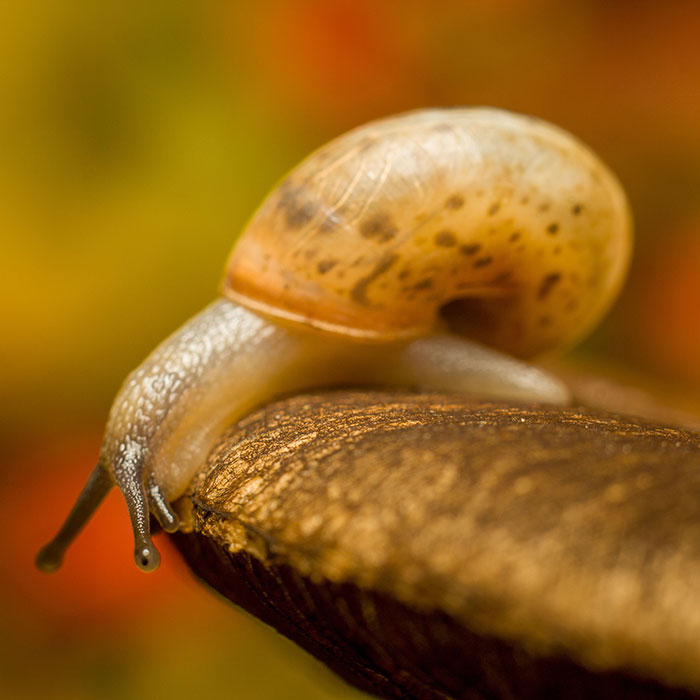
Through 2019 and 2020, Floracliff participated in this statewide community science project to survey land snails. Land snails are an important food and calcium source for many animals, including birds and salamanders. They can also serve as indicators of environmental change and ecosystem health. Floracliff volunteers identified 22 new land snail species for the sanctuary, bringing the total species count to 73. Learn more about the Kentucky Land Snail Survey Project.
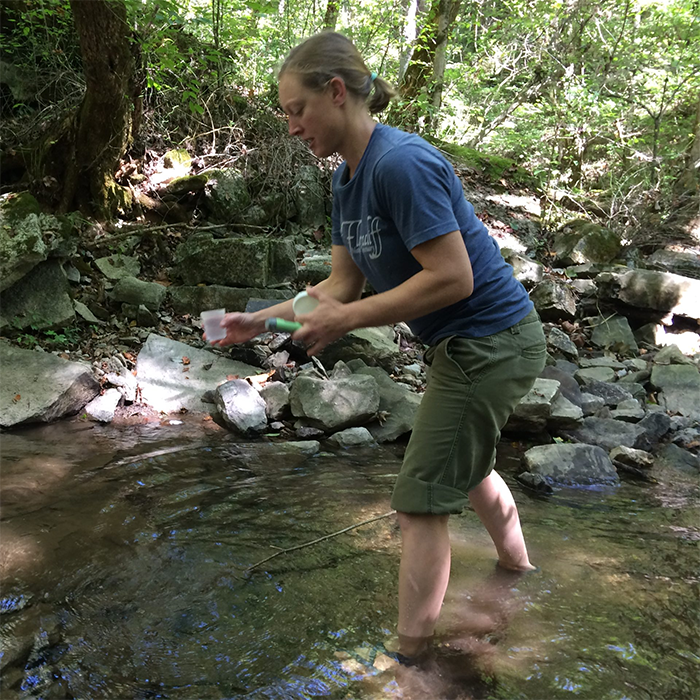
The Kentucky River Watershed Watch is a network of trained volunteers who collect stream samples throughout the Kentucky River watershed. Stream samples are delivered to a lab where they are analyzed for e. Coli, nutrients, and metals. Floracliff staff and volunteers have been participating in this program since 2007 to monitor the water quality of Elk Lick Creek and its tributaries.
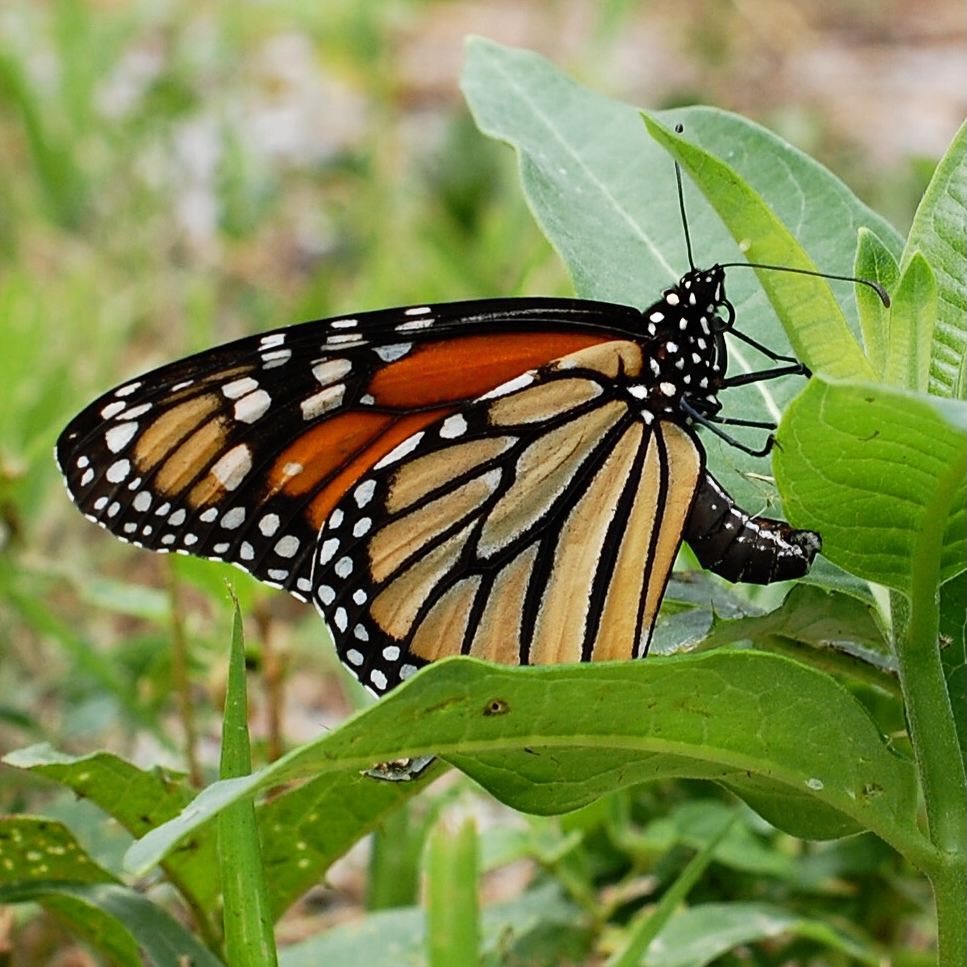
The Monarch Larva Monitoring Project uses a standard protocol to survey patches of milkweed for monarch eggs and caterpillars. Collected data provides information about milkweed habitats and larval monarch populations. Floracliff relies on trained volunteers for this community science project.

Since 2017, Floracliff has hosted and organized the Central Bluegrass Summer Butterfly Count. This annual event is conducted in a 15-mile count circle located in Lexington. Each year, Floracliff recruits and trains volunteers to participate in this count, which is one of 400+ butterfly counts in North America. All data is submitted to the North American Butterfly Association. NABA butterfly counts provide important information about the distribution and abundance of butterflies.
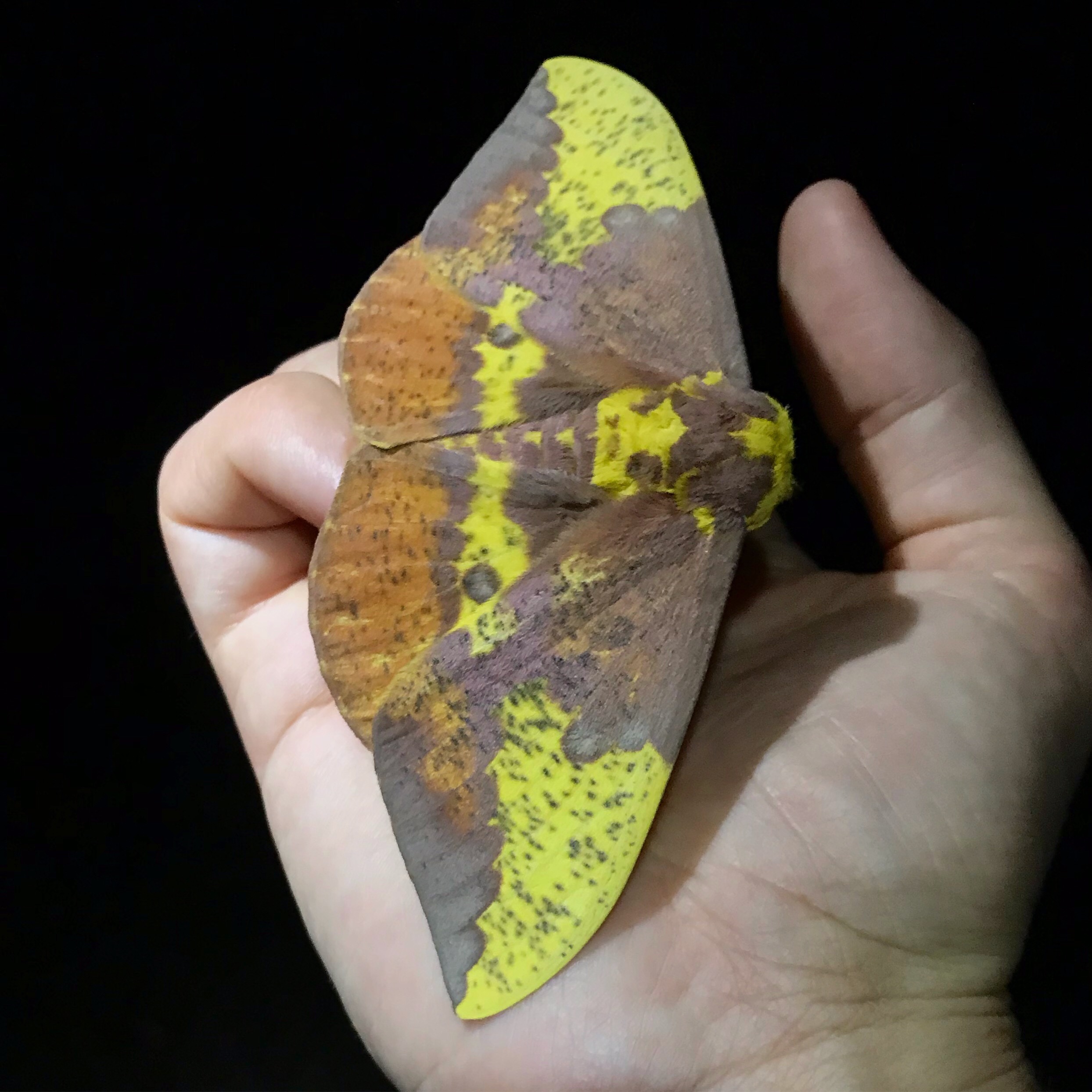
National Moth Week is a global community science event that happens annually during the last week of July. Participants of all ages and abilities are encouraged to photo-document moths in their backyards, parks, and neighborhoods to help map moth distributions. Floracliff has participated in National Moth Week since 2014. Staff, partners, volunteers, and visitors have documented close to 300 different moths at the sanctuary.
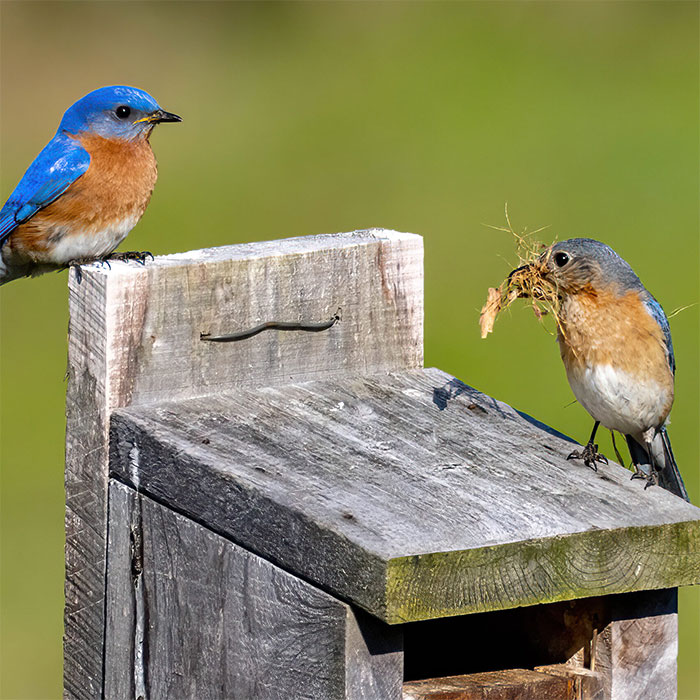
NestWatch is a nationwide nest-monitoring program designed to track status and trends in the reproductive biology of birds. During nesting season, Floracliff volunteers monitor installed nest boxes on a weekly basis.
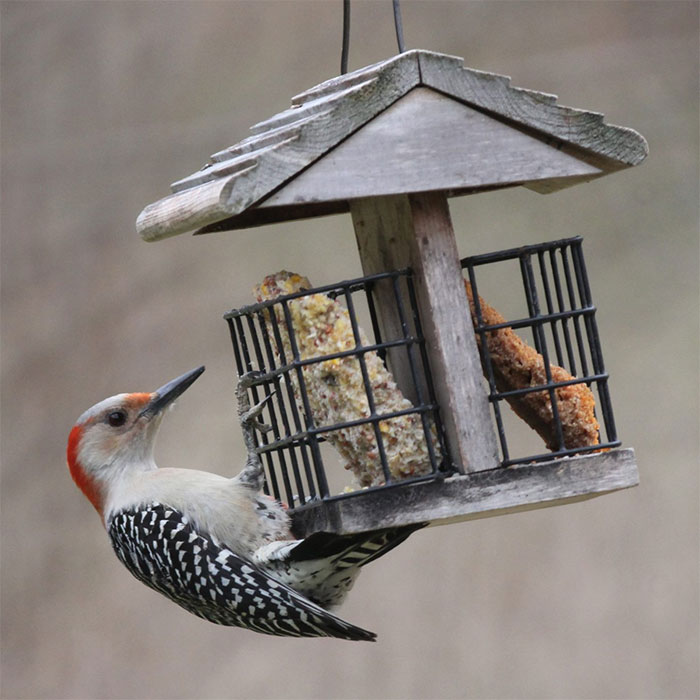
Project FeederWatch is a survey of birds that visit backyards, nature centers, feeding stations, and other locales between November and March. Project FeederWatch contributes important information about birds that winter in North America. Floracliff provides a variety of bird feeders and food for birds during the winter months at the Trail’s End Lodge and relies on volunteers to collect data for Project FeederWatch.
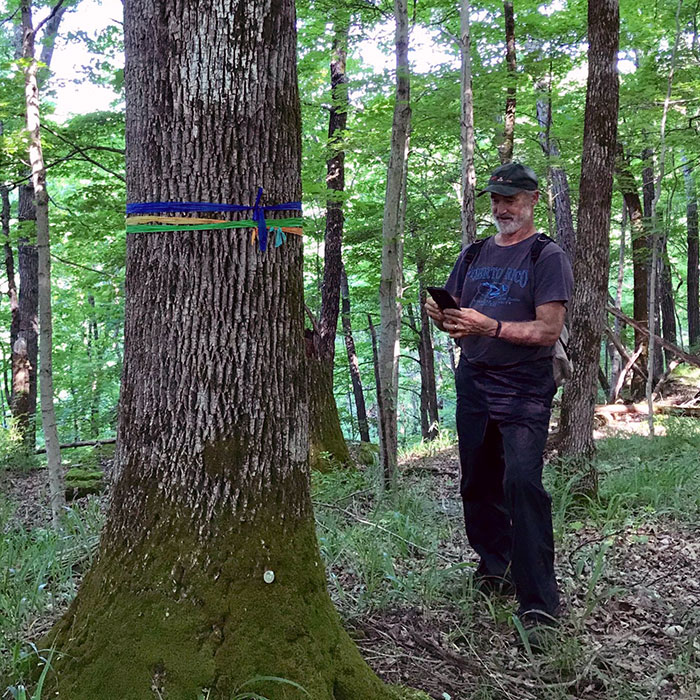
TreeSnap is an app used to survey tree species impacted by invasive diseases and pests in order to find healthy individuals that may be candidates for genetic studies and breeding programs. At Floracliff, we use TreeSnap to track and monitor treated and untreated ash trees. Ash trees are in decline due to the Emerald Ash Borer.